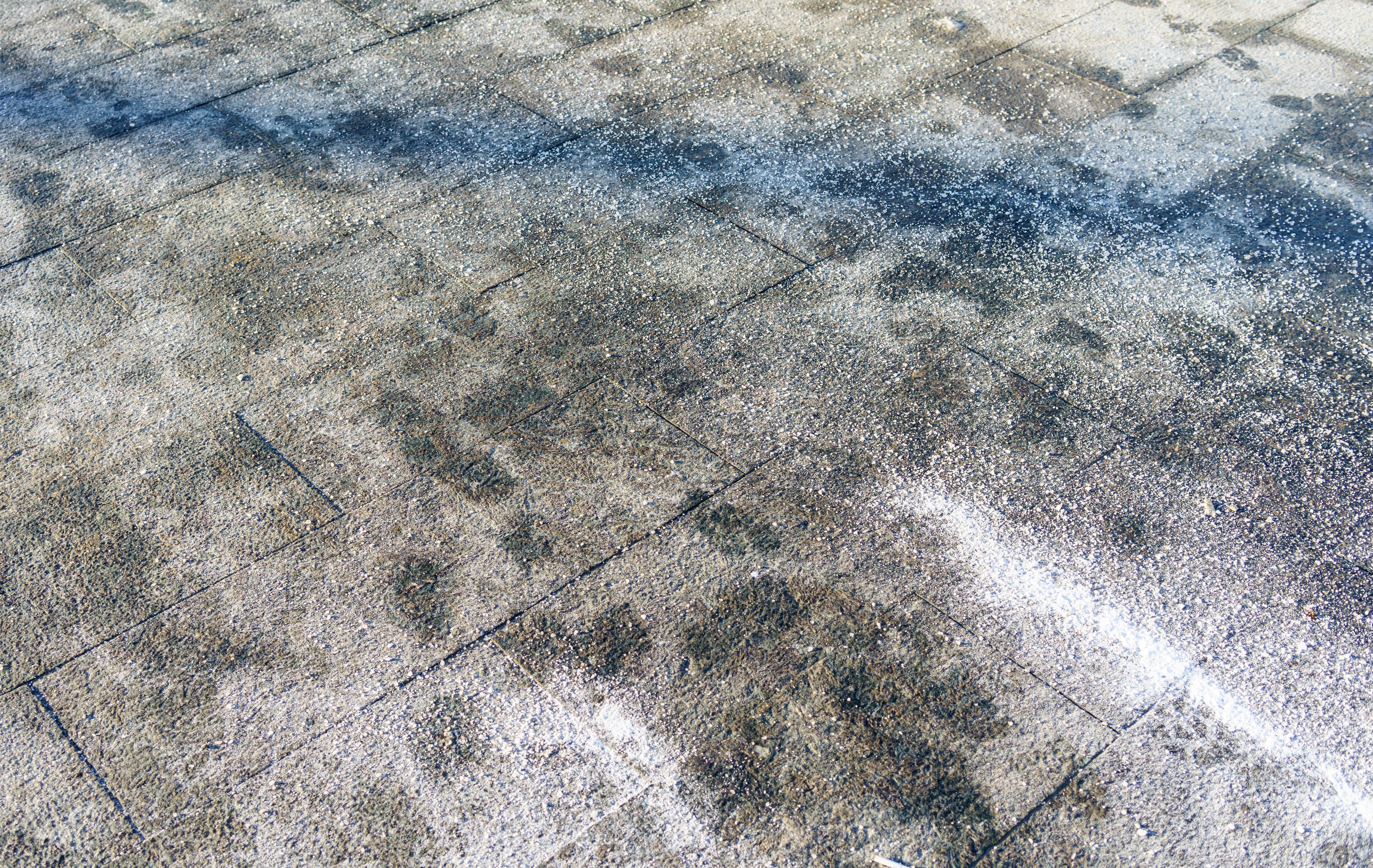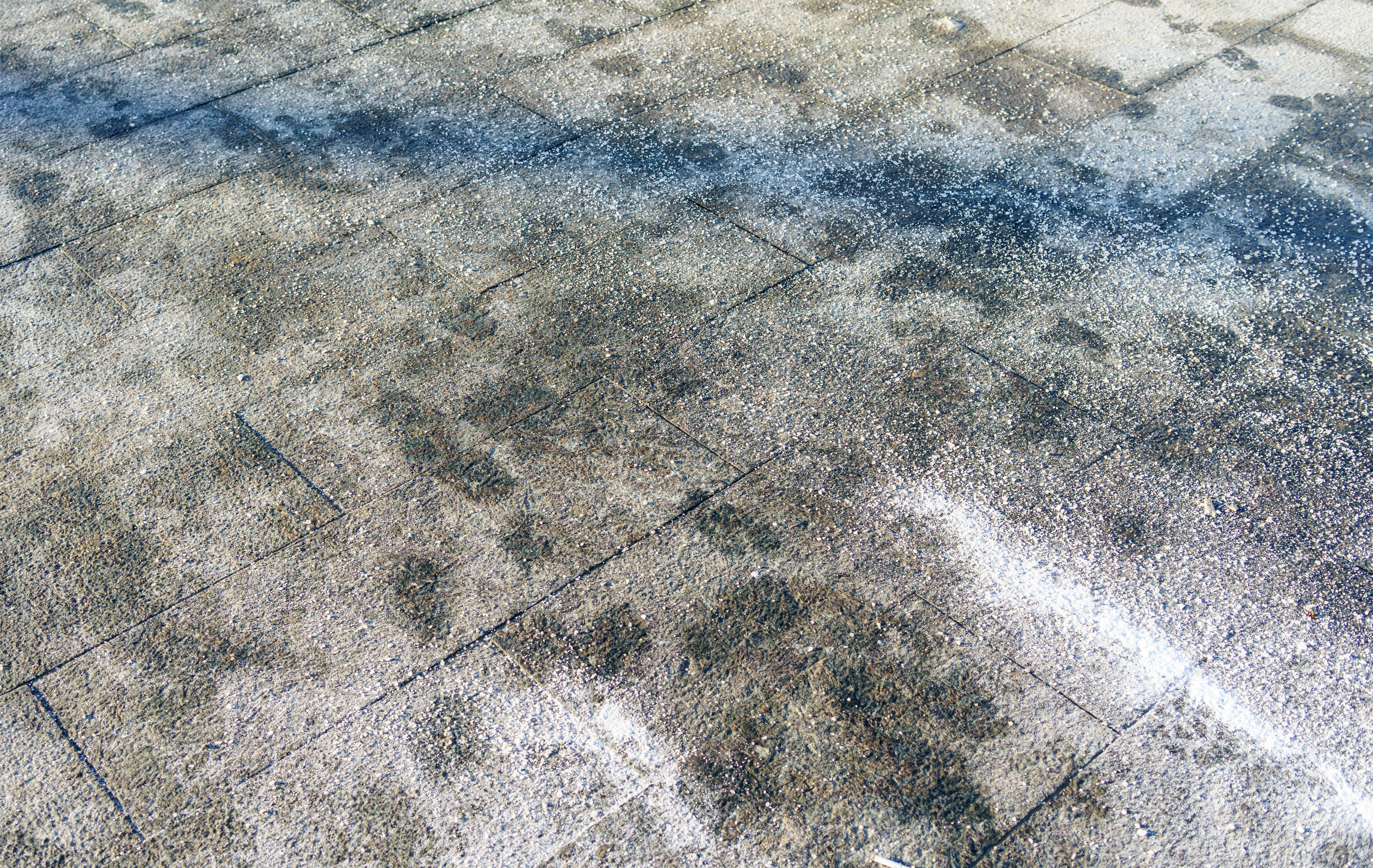
Should old lawn issues be forgot, and never brought to mind? Should old winter damage be forgot, and old lang syne?
Happy New Year to all of our great customers here at Nutri-Lawn! It's great to see you all in 2019, and we can't wait to see what the new year has in store for you and your beautiful lawns. Now, on to the business at hand...
With the holidays over and parts of Canada beginning to feel the effects of a more traditional winter, many Canadians are turning to road salts to help stabilize their walkways and driveways. Bonus: Well done for using your walkways, folks! Not walking over your frost or snow covered lawn is an important step in protecting your lawn over the winter, and one that is oh so easy to do. Proud of you!
It's no secret that lawns in Canada can suffer from the damaging effects that snow and ice can cause over the winter months. Compounding things, adding road salt and sidewalk ice-melter to the equation can make things even worse. Areas of the lawn along the edges of sidewalks, boulevards and driveways are often left damaged in the spring when the snow melts, creating an eye sore and a whole mess of problems to deal with.
Here's how to fight salt damage on your lawn.
What Is Salt Damage?
In order to remedy the effects of salt damage, one must first learn about what it is and what causes it. It sounds simple enough, but is it really?
RELATED > Learn About Low Temperature Kill
Road salts and ice melters are effectively used to prevent the buildup of snow and ice during the winter months. However, the concentration of these salts that accumulate in places where snow is piled can be very hard on the lawn and the soil, creating damaged areas.
Salt accumulation removes moisture from the soil, preventing it from getting to the plants roots. When this happens plants become dehydrated and die. Salt accumulation also prevents and blocks the plant from absorbing the essential nutrients it requires to grow healthy - including potassium, calcium, and magnesium - instead absorbing sodium and chloride that can become toxic.
Recovery In 2019
.png?width=1024&name=Flush%20salt-damaged%20areas%20(1).png)
For many Canadians, salt damage is a tricky conundrum to deal with during the winter months. On one hand, you need road salt to help make your property safe and walk-able when snow and ice come to stay. On the flip side, too much salt can create damage on certain areas of your turf if not properly monitored. So what can we do to combat it?
To help encourage a quick recovery, aggressively flushing the salt damaged areas with deep water soakings can help leach away the salt below the root levels of the lawn. Core aeration and overseeding practices can also help re-establish turf in the damaged areas, while an application of gypsum will also help free up and break down the salt accumulation in the soil.
Follow us on Facebook for more lawn care tips & tricks in 2019.






.png?width=1024&name=Flush%20salt-damaged%20areas%20(1).png)
